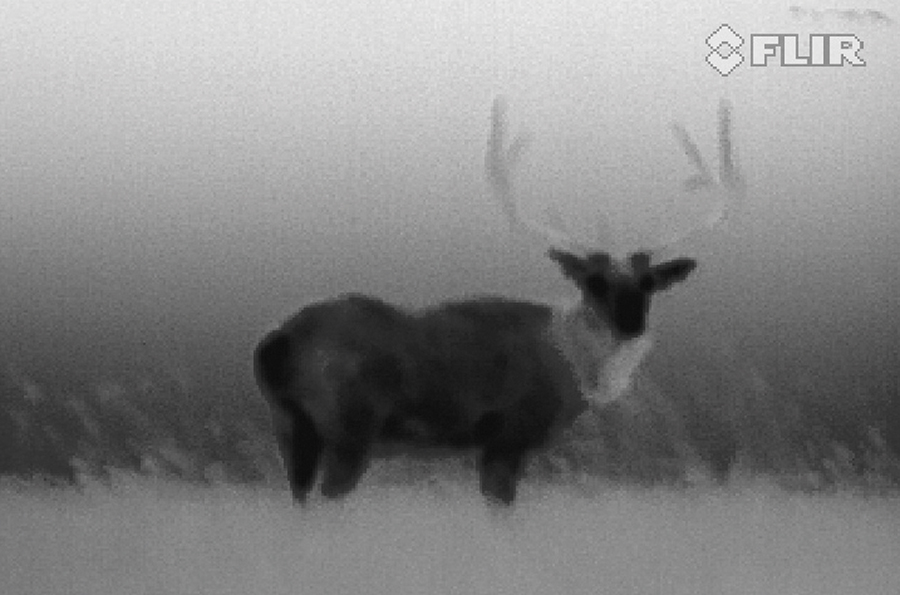Thermal Imaging Cameras and handheld optics all operate on the same basic premise. The Thermal sensor detects different amounts of heat energy, which in turn generates an image. The vivid colours and contrasting details can often represent a very specific and large data set, helping you to quickly distinguish thermal variations and patterns in an image.
Like any digital image, thermal images are made up of pixels. The number of pixels in a thermal image is determined by the camera’s resolution. Higher resolution sensors generate images with a higher pixel count and generally produce clearer results. In thermal imaging, each individual pixel represents a specific temperature data point, these data points are assigned a unique colour or shade based on their value, meaning that as the thermal sensor detects changes in heat energy, it will express this change by adjusting the colour or shade of a pixel. These present gradients or thermal palettes which determine pixel appearance and help identify different heat sources.
The brighter colours red, orange, and yellow indicate warmer temperatures due to heat and infrared radiation being emitted. Whilst the purples, dark blues and black indicate cooler temperatures due to less heat and infrared radiation being emitted. The different colour tones correspond to the apparent surface temperatures of the target. The key is to select the palette that best shows the thermal differences for your specific application.
Which palette is best for me and why?
Rainbow HC
Using different colours to display temperature differences, Rainbow HC is best suited for scenes with minimal heat change. Focusing on an area with similar heat energy allows the Rainbow HC to detect objects and slight temperature changes despite low contrast conditions and is often applied whilst carrying out a building survey.
Iron
A general-purpose palette that quickly identifies thermal anomalies and body heat, iron uses colour to show heat distribution and subtle details. Hot objects are shown in light warm colours, while colder objects are dark, cool colours. This palette is used by professionals carrying out electrical or mechanical inspections.
White Hot
The most commonly used palette, white hot displays warmer objects and cooler objects in black. Gray-scale palettes offer simplicity for scenes with a wide temperature span and generate images with realistic details. The versatility of white hot makes it appealing for use in shifting landscapes and urban areas and is often used to monitor and for surveillance.
Artic
Used for identifying warm objects with a golden colour and colder objects with shades of blue the artic palette mixes the simple colouring or Iron with the low contrast performance of Rainbow HC. Differing colours quickly detect heat sources while darker shading picks out slight temperature changes.
Black Hot
Black hot is the inverted version of hot white, displaying warmer objects as black and cooler objects as white. A favourite among law enforcement and hunters, black hot displays body heat in clear, lifelike image.





